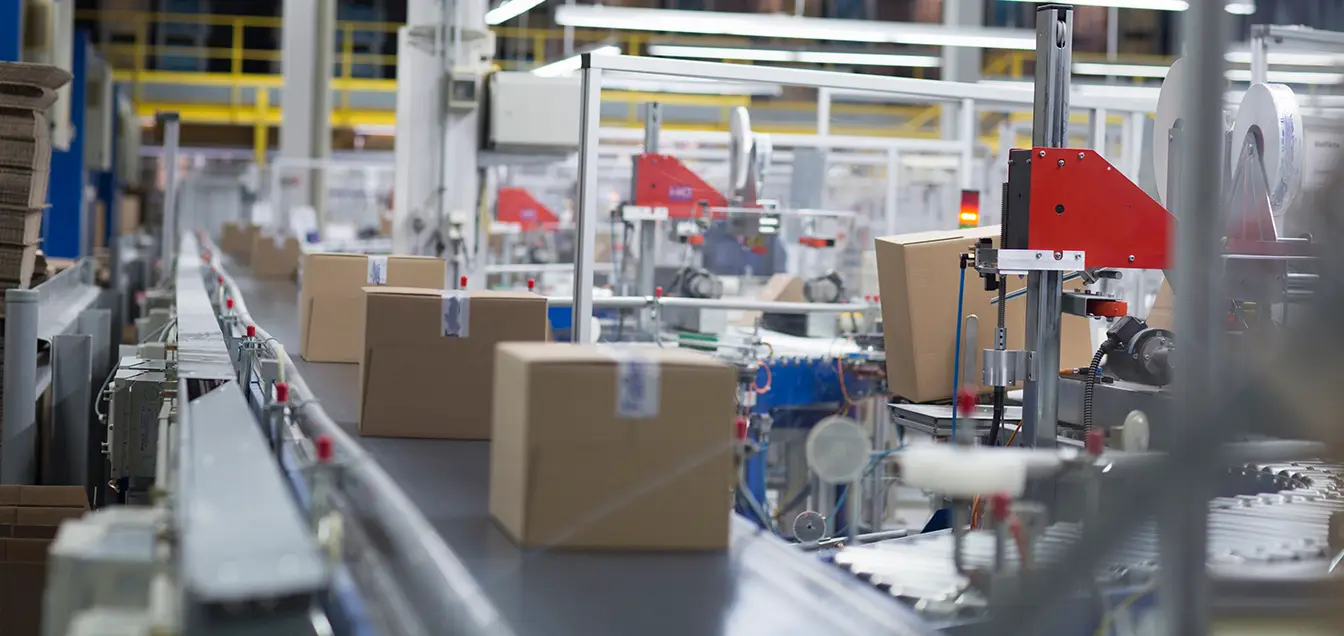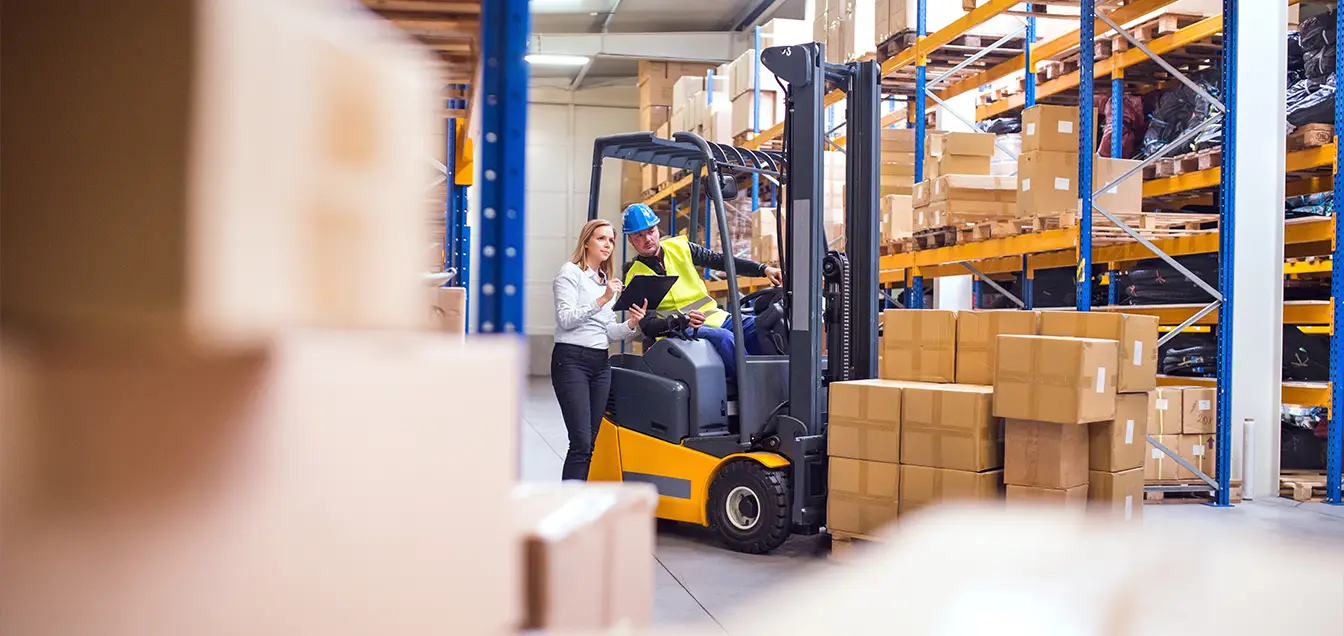When it comes to Amazon FBM vs. FBA, selecting the appropriate fulfillment model is essential. Sellers often debate Amazon FBM (Fulfillment by Merchant) and FBA (Fulfillment by Amazon). Both models offer unique advantages and challenges, making understanding how each fits your business needs essential.
What Is Amazon FBA Canada?
Amazon FBA Canada allows sellers to store their inventory in Amazon’s warehouses. With Amazon FBM, sellers can handle storage, packing, and shipping on their own. This model is popular for its simplicity and access to Amazon’s Prime customers, who value fast and reliable shipping. Amazon’s Canada fulfillment services provide unparalleled support and infrastructure for businesses looking to scale.
Pros of Amazon FBA
- Access to Prime Customers: Products are eligible for Prime two-day shipping.
- Reduced Workload: Amazon handles storage, shipping, and customer service.
- Scalability: Ideal for businesses looking to expand their reach.
Cons of Amazon FBA
- Amazon FBM Canada Fees: Storage and fulfillment costs can increase, especially during peak seasons.
- Less Control: Sellers rely on Amazon’s policies and systems.
- Long-Term Storage Fees: Excess inventory incurs additional charges.
What Is Amazon FBM Canada?

Amazon FBM allows sellers to manage storage, packing, and shipping independently. This model is suitable for businesses that prefer more control over their operations and customer interactions. For many, Amazon FBM vs. FBA is a decision based on resources and long-term goals.
Pros and Cons of Amazon FBM
Pros:
- Lower Amazon FBM Fees: Without storage and fulfillment costs, sellers retain more profit.
- Greater Flexibility: Sellers control their inventory and shipping processes.
- Customizable Customer Service: Allows personalized interactions.
Cons:
- Increased Workload: Managing inventory and shipping requires significant effort.
- Limited Prime Access: FBM listings are not automatically eligible for Prime benefits.
- Logistics Challenges: Ensuring timely delivery can be demanding.
Amazon’s Canada Fulfillment Services: A Comparison
For sellers deciding between Amazon FBM vs. FBA, understanding the trade-offs is essential. FBA is ideal for businesses with high order volumes or those targeting Prime customers. Conversely, FBM is ideal for sellers who prioritize control and possess the necessary infrastructure to handle fulfillment.” Let me know if there’s anything else you’d like to adjust!
Cost Analysis: Amazon FBM vs. FBA
| Metric | Amazon FBA | Amazon FBM |
| Fulfillment Cost per Item | $3.00 – $5.00 | Varies, $2.00 – $4.00 |
| Storage Cost per Cubic Foot | $0.75 (standard season) | Seller-managed costs |
| Prime Access | Automatic | Not Included |
| Customer Service | Amazon-managed | Seller-managed |
How 3PL Logistics in Canada Can Help

For businesses choosing FBM, third-party logistics (3PL) providers can ease the burden. Companies like DelGate offer warehousing, packing, and shipping solutions tailored to Amazon FBM Canada sellers. This partnership ensures efficient operations without compromising control. Partnering with 3PL logistics in Canada is particularly advantageous for businesses with diverse shipping needs.
Amazon FBA Insights for Sellers in Canada
Understanding Amazon FBA Insights can guide sellers in making informed decisions. Analyze your product’s sales velocity, storage needs, and customer preferences to determine if FBA aligns with your goals. For example, sellers dealing with fast-moving consumer goods may find Amazon’s Canada fulfillment services more beneficial.
When to Choose Amazon FBM
FBM works best for businesses:
- Selling niche or customized products.
- Operating with tight profit margins.
- Seeking direct customer engagement.
By choosing FBM, businesses can maintain a hands-on approach, building stronger relationships with customers. This is particularly relevant for sellers considering Amazon FBM vs. FBA.
When to Opt for Amazon FBA
FBA is ideal for:
- High-volume sellers.
- Businesses prioritizing Prime customers.
- Companies with limited storage space.
With FBA, sellers gain access to Amazon’s robust infrastructure and Prime benefits. However, understanding Amazon FBA Canada Fees is crucial to avoid unexpected expenses.
Tips for New Amazon Sellers
- Start Small: Test both Amazon FBM and FBA with a limited inventory to gauge profitability.
- Monitor Costs: Keep track of Amazon FBM fees and Amazon FBA Canada Fees to maintain healthy margins.
- Use Analytics: Leverage data from Amazon FBA Insights to optimize your listings.
- Seek Expert Help: Partner with 3PL logistics in Canada for tailored solutions.
The Role of Technology in Amazon Selling
Modern tools and platforms can simplify the decision-making process between Amazon FBM vs. FBA. For instance, inventory management systems can track stock levels across multiple warehouses, while shipping calculators provide real-time cost estimates.
The Future of Amazon Selling in Canada

As e-commerce evolves, sellers must adapt to changes in customer expectations and fulfillment models. Whether you choose FBM or FBA, understanding the nuances of Amazon’s Canada fulfillment services is key to success. With rising competition, sellers need to stay informed about Amazon FBA Insights and the pros and cons of Amazon FBM.
Conclusion
Choosing between Amazon FBM vs. FBA depends on your business needs, resources, and goals. While FBA offers convenience and scalability, FBM provides control and cost savings. Evaluate your options carefully to determine which model fits your strategy. By partnering with experienced 3PL logistics in Canada, you can optimize your operations regardless of the model you choose.
For more details on Amazon’s fulfillment models, visit Amazon Seller Central.





